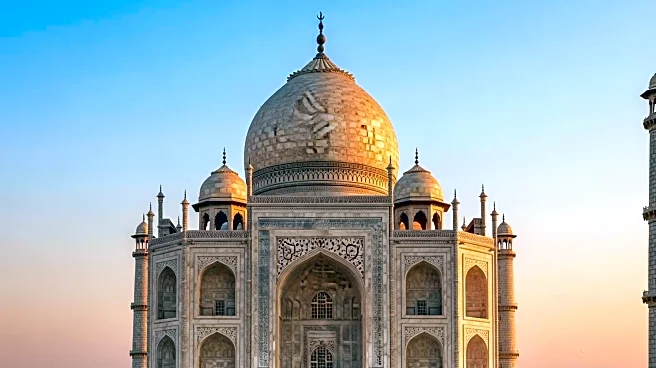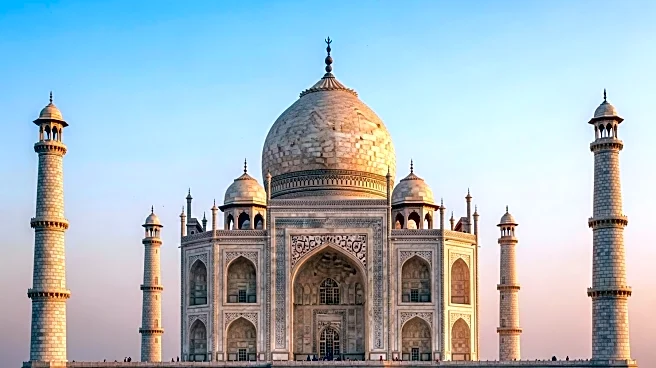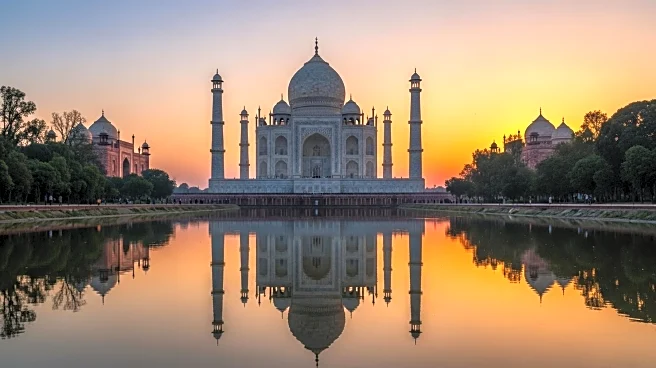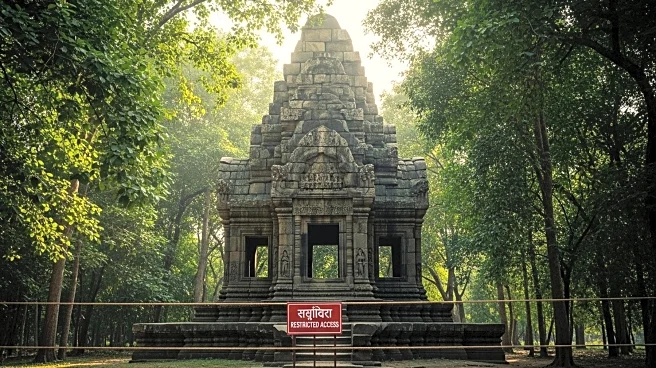The Taj Mahal, a symbol of love and architectural brilliance, is shrouded in myths and legends that have captured the imagination of people worldwide. While some of these stories add to the monument's allure, others are based on misconceptions and inaccuracies.
Origins of the Myths
Many myths surrounding the Taj Mahal originate from the romanticized story of Shah Jahan and Mumtaz Mahal. The monument's grandeur and historical significance have also contributed to the proliferation of legends, as people seek to explain its beauty and mystery.
Myth vs. Fact
One of the most persistent myths is that Shah Jahan planned to build a black marble replica of the Taj Mahal across the Yamuna River. This story, popularized by European travelers, has been debunked by archaeological evidence, which shows that the supposed ruins of the "Black Taj" are actually discolored white stones.
Persistence of Myths
Despite being debunked, myths about the Taj Mahal persist due to their romantic and mysterious nature. Stories of Shah Jahan's supposed cruelty towards the architects and craftsmen, including tales of mutilation and dismemberment, have no basis in historical records but continue to be retold.
Cultural Effects
The myths surrounding the Taj Mahal have contributed to its status as a symbol of love and mystery. While some stories are based on misconceptions, they have added to the monument's allure and cultural significance. The Taj Mahal's enduring appeal is a testament to the power of storytelling and the human fascination with history and romance.
 Discover Daily • 8 min read
Discover Daily • 8 min read 









